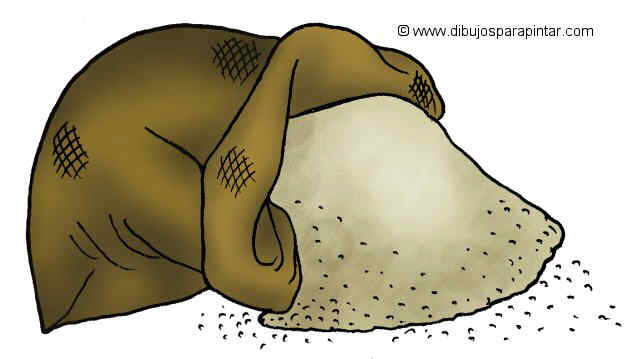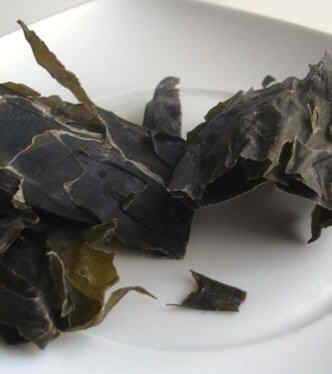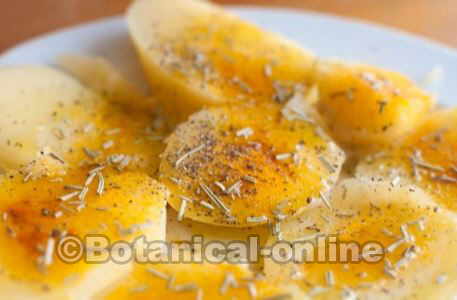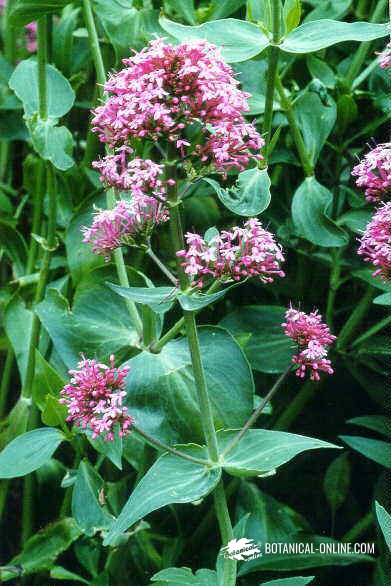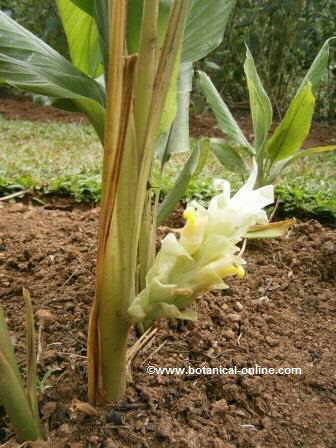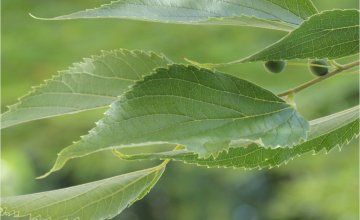Contents
What is malagueta pepper?
Malagueta pepper characteristics (Aframomum melegueta)
Common English name: Malagueta pepper, Grains of Paradise, Guinea grains, Alligator pepper, Ginny grains, Greater cardamom
– Spanish: granos del paraíso, semillas del paraíso, pimienta, pimienta melegueta, pimienta de Guinea, malagueta, pimienta de Tabasco, pimienta africana o pimienta murciélago.
– French: Graines de paradis, Poivre de Guinée, Maniquette
– Italian: Grani of Meleguetta
– German: Guineapfeffer, Paradieskörner, Meleguetapfeffer
– Turkish: Afrika kakulesi
Scientific name: Aframomum melegueta K. Schum.
– Aframomum meleguetella
– Amomum meleguetta
Family: Zingiberaceae.
Habitat: Plant from the west coast of Africa, particularly in the Gulf of Guinea, Liberia and Sierra Leone today.
Botanical description of Grains of Paradise
Grains of Paradise or Malagueta (Aframomum melegueta) are the seeds of a plant native to tropical Africa, of the Zingiberaceae family and a relative of cardamom and ginger.
Like other Zingiberaceae, Malagueta rhizome (underground stems) can have a growth that can reach up to 1 meter long, forming large colonies.
The aerial stems are erect, solid and yellowish green.
Its leaves are compound, long and narrow, about 25 centimeters long and 2.5 centimeters wide.
The inflorescences are solitary. Flowers arising directly from the rhizome at the base of the plant. The flowers are simple pink lilies.
The fruit is a fibrous capsule, about 3 inches long, ovoid and reddish brown. It contains within it a sour taste gelatinous pulp with brown seeds.
The seeds are small, irregular, and numerous, brown, arranged inside the fruit. Between 3 and 4 millimeters.
All parts of the plant (roots, flowers and fruits) give off a strong aroma due to the hot resin plant. Its smell reminds ginger.
Etymology of Malagueta and grains of paradise
The origin of the names Malagueta, Malaguetta, melegueta, Mellegetta or Meligetta comes from the time when this species was formerly marketed. The melegueta was transported through the wilderness of the west coast of Africa to the coast ports of Tripoli, where the ancient African empire Melle resided.
Other sources report that this is a term derived from bad people, the designation applied by the Portuguese to the people who gave the seeds.
Grains of Paradise is the name applied to him because of the high interest as a spice.
Melegueta Pepper is also known as ‘famu wisa’ in Africa, to distinguish it from ‘soro wisa’ (Pimenta dioica).
Note: Not to be confused with paradise grana or cardamom (Elettaria cardamomum), a plant of the same family. The name Malagueta is common with Allspice (Pimenta dioica).
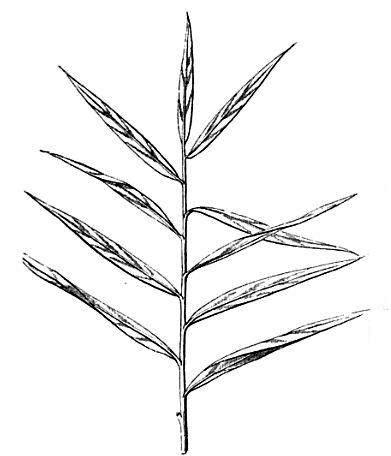
In the picture above: stem and leaves of Malagueta.
.
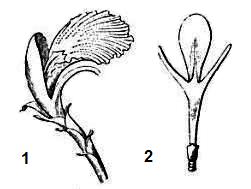
In the images above: entire flower with bracts (1), outside the limb of the corolla (2).
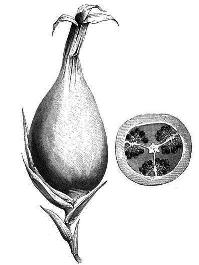
In the picture above: fresh fruit and cross section (right).
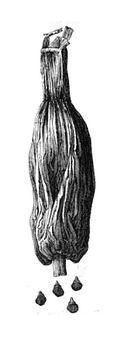
In the picture above: dried whole fruit and seeds.
![]() More information about malagueta pepper and other types of peppers
More information about malagueta pepper and other types of peppers
| Botanical classification | |
| Kingdom | Plantae |
| Subkingdom | Tracheobionta Vascular plants |
| Superdivision | Spermatophyta Seed plants |
| Division | Magnoliophyta Flower plants |
| Class | Magnoliopsida Dicotyledons |
| Subclass | Commelinidae |
| Order | Zingiberales |
| Family | Zingiberaceae |
| Subfamily | Alpinioideae |
| Alpinieae | |
| Gender | Aframomum |
| Species | A. melegueta |

